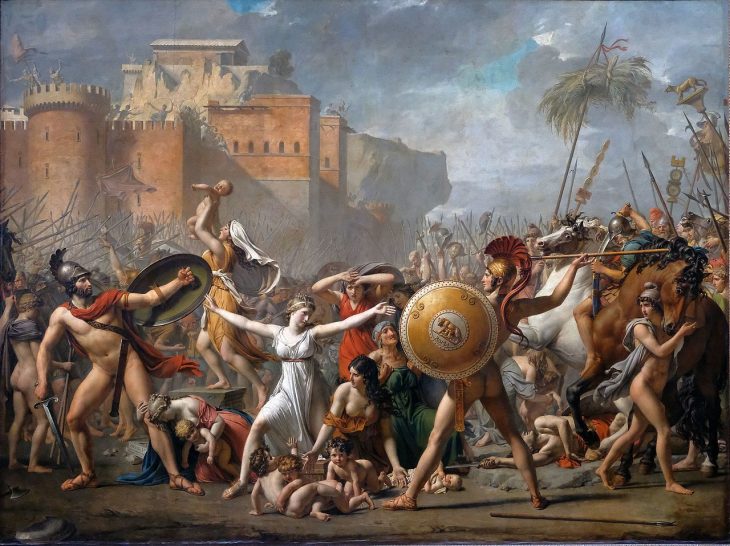Neoclassic Painting
Artistic Movements, Periods and Styles in 5 Points
We could make this publication thanks to small donations. How is 3 minutos de arte supported?
Neoclassic Painting
- A movement that was born when the French Revolution was coming (between the decades of 1760 and 1830). Art also expressed the hatred towards the Absolute Monarchy of the whole society. Neoclassicism, and a little later, Romanticism, replaced Rococo, which represented the spirit of the ancient regime. The new bourgeois ideology aimed for order and stability. It wanted to rescue moral values and rationality (which would be expressed through neoclassical art), and it also aimed for a new sensibility against the coldness and indifference of the aristocracy that held power (which gave rise to Romanticism).
- When the French Revolution finally arrived, Neoclassicism was adopted as an aesthetic appropriate for that revolution, for that new world.
- In that search for the ideal of purity, there was a desire to “return” to the ideals of Classical Antiquity, both aesthetic and ethical. What must be taken into account is that at that time, great archaeological discoveries were made in Herculaneum and Pompeii, so that ancient Rome became a kind of “fashion.”
- The paintings of this period are characterized by the search for formal perfection, where drawing prevails over color (a palette where primary colors predominate, against the pastel softness of Rococo).
- The predominant theme was history (with a large number of works referring to the French Revolution), along with the representation of myths of classical antiquity (identified with the values of the revolution). The intention was usually moralizing, exemplary: heroism, sacrifice, patriotism (undoubtedly, a good example is this picture, where the Sabine women heroically interpose themselves between the Roman and Sabine armies, to avoid the slaughter). And always in a rather serene tone, since neoclassical artists learned from the ancients that great suffering and emotions are better expressed through restrained postures than through outrageous gesticulations.
Representative Artists: Jacques-Louis David, Ingres.
Image: The Intervention of the Sabine Women (1799). Jacques-Louis David
Recommended links:
Fundamental Painters of Neoclassicism.
Timeline: Artistic movements from Classical Antiquity to Rococo.
Ingres: “Calmness is the main beauty of the body.”
Fundamental Paintings to Understand the History of Painting: Grande Odalisque, Jean-Auguste-Dominique Ingres.
Stories behind Works of Art: The Consecration of the Emperor Napoleon, Jacques-Louis David.
You can also find more material using the search engine.




0 Comments